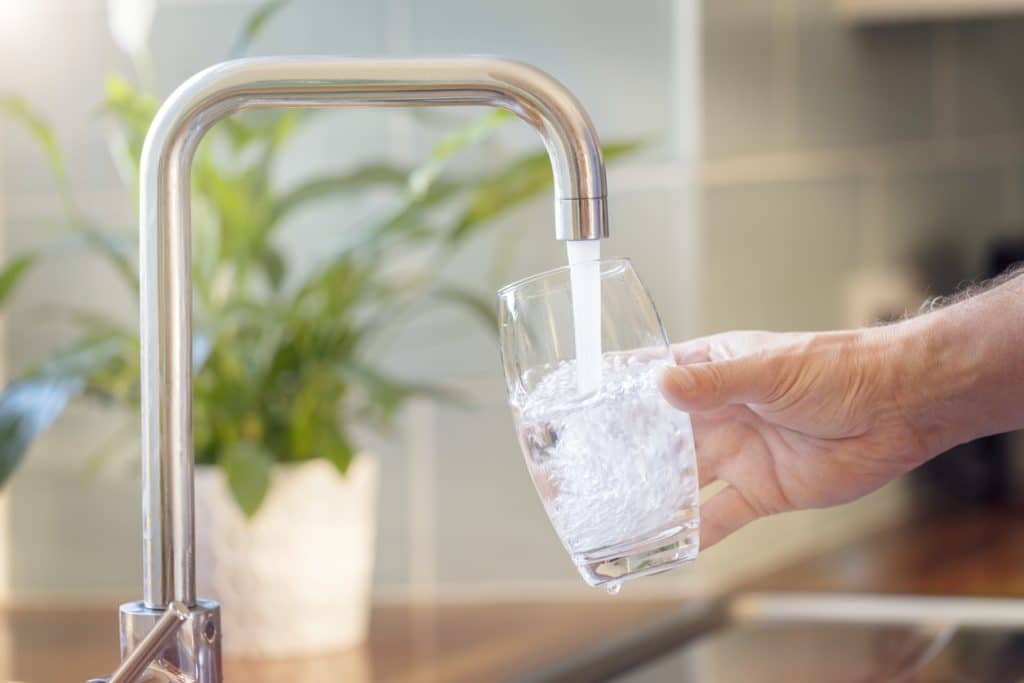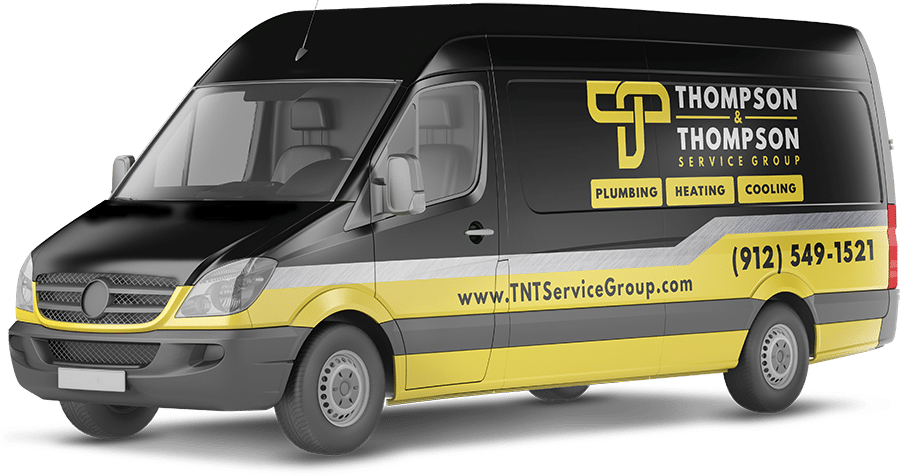Your Savannah-area home’s plumbing fixtures can create significant water waste without you ever leaving the water turned on. Consider these five fixtures that help you easily conserve water without reducing what you use water for around your home.
1. High-efficiency Toilets
Toilets are a significant consumer of water, especially if yours are constantly clogging and you’re flushing while plunging it. New toilet designs provide more powerful flushes while using less water. Older toilets may use as much as 3.5 gallons per flush.
Newer models use about one-third of that amount, only around 1.3 gallons per flush. Further, the new designs create high water pressure to push waste through the system and down the drain. There are also dual-flush toilets that vary the amount of water used depending on if you’re flushing liquid or solid waste.
2. Water-saving Faucets
It’s hard to wash your hands or dishes when there’s only a trickle of water coming from the faucet. However, you can achieve full pressure while reducing the water consumed by using water-saving faucets or faucet add-ons. These include water-restricting gaskets, which increase the pressure of what’s coming out. They also use aerators that add air to the water coming out while improving the pressure. These faucets can cut water consumption from common residential faucets from over 2 gallons per minute to about 1.5 gallons per minute.
3. Low-flow Showerheads
After a day out at Forsyth Park, you may want to come home to a nice hot shower. Fortunately, you can easily save on the water you use during your shower with a low-flow showerhead. These showerheads work in a similar fashion to water-saving faucets. Many offer different settings so that you can enjoy your preferred stream without increasing water consumption. These showerheads change the gasket configuration internally to provide everything from simulated rain and pulsing massage to strong pinpoint streams.
4. Pressure-reducing Valves
Most people don’t think about the amount of pressure the water maintains inside their supply pipes. However, many residential systems maintain a PSI that’s higher than is needed for most common uses. In fact, many homes may have pressure that’s nearly twice what you really need for most everyday applications.
The solution is a little fixture installed in your primary water supply called a pressure-reducing valve. This restricts how much pressure all of your lines experience, reducing the amount of water coming from your faucets. Not only does this conserve water, but it also extends the life of your plumbing.
5. High-efficiency Water Heating Systems
You may think high-efficiency water heaters will only cut down on your energy consumption. However, they can also cut down on the water consumed by reducing the amount of time you’re waiting for hot water to arrive. Two systems to consider include the popular tankless water heater, which heats the water when it’s flowing through the system.
A little less common but still highly effective system is the recirculating water heater. This uses a pump to maintain pressure in the pipes and keep hot water circulating through the system, even when nothing is calling for it. This reduces the cooling effect of water in your pipes, so you use less water when you need hot water. This process further reduces the energy needed to maintain hot water; there is less water consumed, so there is less water to heat.
It’s not hard or expensive to reduce your water consumption, both saving you money and protecting the water supply. Call the expert plumbers at TNT Service Group to schedule your consultation to discuss improvements for your home.






